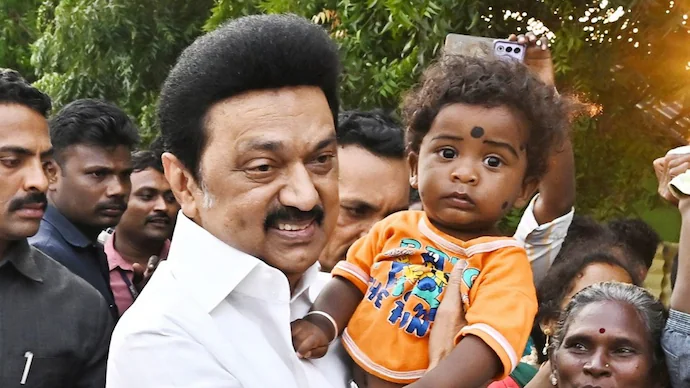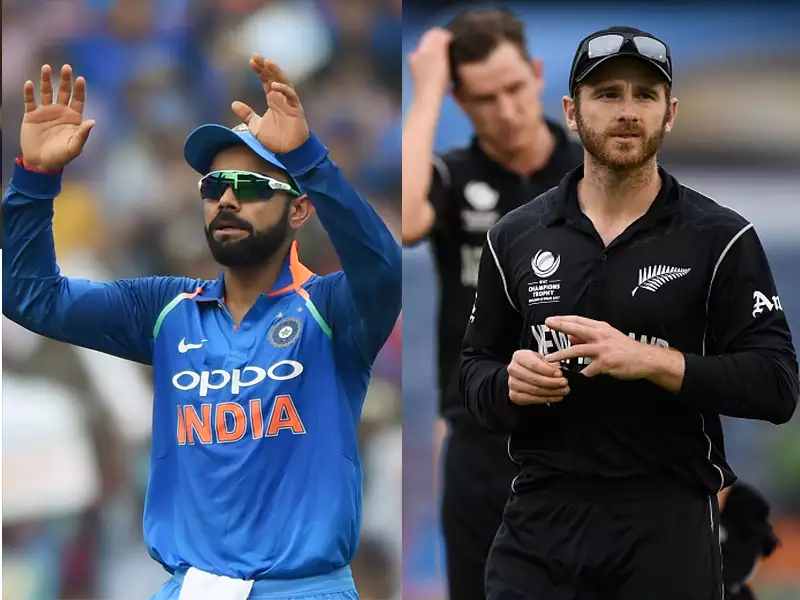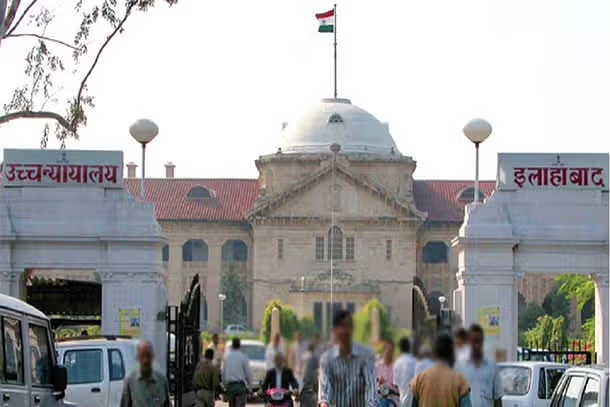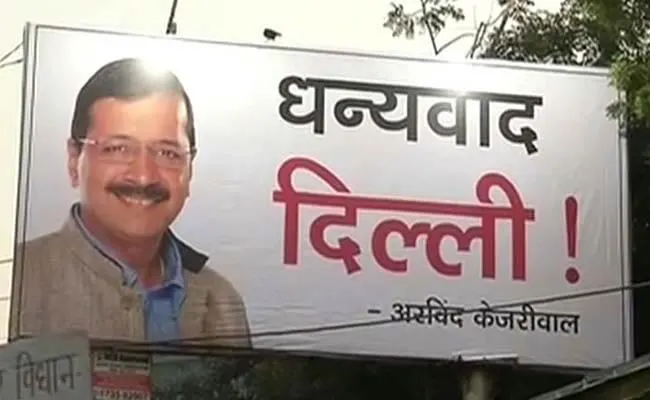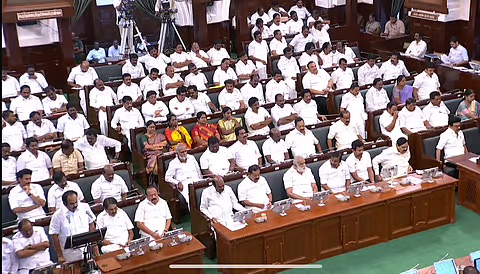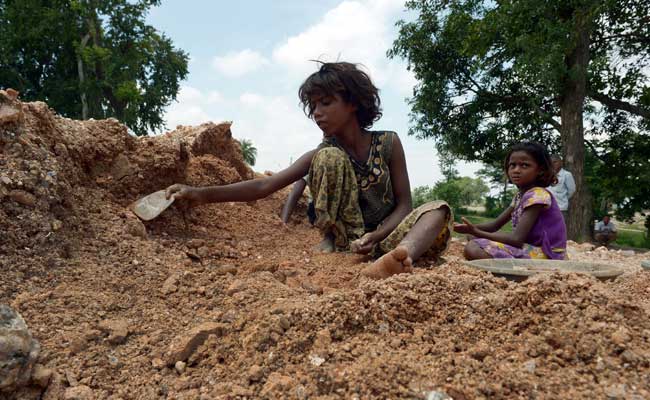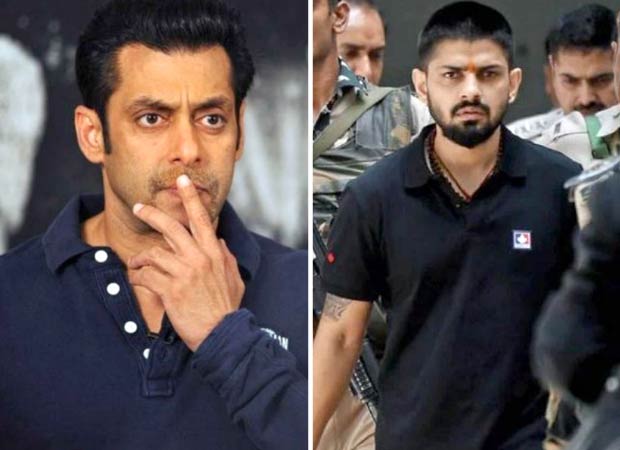Exploring the Interplay of Mythology and Monsoon in India’s Cultural Landscape

To the Indian subcontinent, the arrival of monsoon is thus not just a climatic phenomenon but a deep cultural happening associated with the mythology of the land. Throwing open at its arrival to the first drops of rain to touch down on the parched earth, there unfolds a narrative, as old as time itself, that celebrates the divine, rejuvenates the land, and enlivens the spirit of the people. This rain and myth story is magical, for it takes itself into the heart of India’s cultural and spiritual heritage, where each drop of rain has a story of its own and each clap of thunder is a home of divine significance.
The monsoon is often depicted and rejoiced in Indian mythology as a divine event. One of the main characters in the Vedic scriptures is the rain god, Indra, who is worshipped for controlling the thunderbolt and providing the land with much-needed showers. The war that never ends between plenty and scarcity is symbolized by Indra’s conflicts with demons that cause drought. One of the earliest sacred texts, the Rigveda, narrates in great detail Indra’s victories and the ensuing tsunami of life-giving waters. These stories emphasize the agrarian society’s reliance on the monsoon for existence, in addition to being legendary tales.
Monsoon in the Indian Epics and Puranas
Moving further into lore, you find Varuna, the god of water, creating the order of the cosmos and fertilizing the balance of nature. His sovereignty over the waters is emblematic of how much the ancient Indians were awestruck and in deep reverence for the monsoon, recognizing it as a divine ordinance for sustenance in life. The legends concerning Indra and Varuna do not stand alone but are linked with the rhythms of agricultural cycles, festivals, and the very sinews of rural life.
The epics, Ramayana and Mahabharata, as well as the Puranas, are rife with references to the monsoon, each infused with powerful symbolism. In the Ramayana, the monsoon represents a time of separation and desire as Lord Rama awaits the conclusion of the rainy season to restart his quest to save Sita. These writings’ rich monsoon descriptions merge the outside world with the character’s internal struggle, setting the backdrop as well as reflecting the characters’ emotional landscapes.
The monsoon is important in Indian epics like the Mahabharata. During their exile, the Pandavas used the rainy season to think and plan. The heavy rains represent washing away old problems and getting ready for future challenges. In the Bhagavata Purana, stories about Lord Krishna show the monsoon as a time of fun and love. For example, Krishna dances with the Gopis under rainy skies in Vrindavan. These monsoon stories have become a big part of Indian art, music, and dance. They show how the rainy season is meaningful for both spiritual and emotional reasons in Indian culture.
Festivals and Celebrations: Monsoon’s Cultural Resonance

In India, the onset of the monsoon brings with it a colorful festival season, each with its own distinct mix of customs and festivities. These celebrations honor the rich cultural legacy and diversity of the nation’s various regions in addition to signaling the arrival of a new season.
One such festival is Teej, celebrated primarily in the northern states of Rajasthan, Haryana, Bihar and etc. This colorful event welcomes the monsoon with great enthusiasm. Women take center stage during Teej, adorning themselves in bright green attire, symbolizing the fertility and renewal that the rains bring. The festival grounds come alive with the sound of traditional songs and the sight of joyous dances, all praising the life-giving power of rain. At its core, Teej honors the divine union of Lord Shiva and Goddess Parvati, intertwining themes of love, marital bliss, and new beginnings.
The festival of Onam marks the beginning of the monsoon season in the lush southern state of Kerala, which contrasts sharply with the parched terrain of the northern regions. The area becomes a center of festivities and a cultural exhibition for ten days during this magnificent festival. Known as Onasadya, lavish feasts including a wide variety of traditional dishes served on banana leaves are held to celebrate Onam. Along with traditional music performances, classical dances, and exhilarating snake boat races that cut through the flooded rivers due to rain, the festival also offers a variety of entertainment options.
Onam has its roots in mythology, commemorating the annual homecoming of the legendary King Mahabali. His reign is remembered as a golden era of prosperity and happiness in Kerala’s folklore. The monsoon season, coinciding with Onam is viewed as a time of abundance and joy, mirroring the verdant, rain-soaked landscapes of the region.
In the northeastern state of Meghalaya, the monsoon is celebrated with the Wangala Festival, honoring the Sun God and the harvest. The festival features traditional music, dances, and rituals that underscore the community’s connection to the rhythms of nature. Each of these festivals highlights the monsoon’s integral role in India’s cultural and spiritual life, illustrating how deeply the rains are woven into the social fabric.
These monsoon festivals not only celebrate the arrival of rains but also strengthen community bonds, preserve cultural heritage, and provide a welcome respite from daily routines. They showcase how different parts of India interpret and celebrate the same natural phenomenon in unique and meaningful ways, adding to the country’s rich tapestry of traditions.
Monsoon in Art and Literature

The monsoon has long inspired Indian painters. During the rainy season, particular ragas like Malhar are played in music. These tunes have a thunderous, rainy sound. There are even tales of musicians who could sing themselves into a rainstorm! The monsoon is frequently used to convey various sentiments in writing. It may represent melancholy, joy, or fresh starts. Kalidasa’s renowned poem “Meghaduta” discusses the monsoon. The narrative revolves around a man who uses a cloud to communicate with his sweetheart. The poem depicts settings with rain and how the characters’ emotions are reflected in them.
Paintings, too, have celebrated the monsoon, with Mughal and Rajput miniatures depicting lovers meeting under cloudy skies, peasants rejoicing in the fields, and gods and goddesses gracing the earth with their presence during the rains. These artistic expressions not only capture the aesthetic beauty of the monsoon but also its cultural and spiritual significance.
Conclusion with a Future Perspective
Ahead of us lies the future, where the interdependent NAFTA of Indian mythology and the monsoon seem to have innumerable potential inspirations and echoes. Man’s careless activities are playing havoc with the changing patterns of the monsoon, which have adverse effects on agriculture. Yet, because the cultural myths and rituals that surround it have captured some timeless wisdom in character, it should be possible to learn from these mythic renditions and festive celebrations resilience and respect for nature. Whenever we connect to these myths and festivities, new appreciation develops for the equally delicate balance of man with nature.
The legends of Indra, Varuna, and the monsoon festivals serve as reminders of humanity’s innate relationship to the natural world. As we face the uncertainty of the future, these timeless stories and traditions might lead us to a more harmonious existence in which the monsoon is more than just a seasonal phenomenon, but a treasured chapter in the ongoing drama of life. In essence, the monsoon in Indian mythology is more than a climatic event; it is a divine symphony, a dance of the heavens that nurtures the earth and enriches the soul. Through the lens of myth and tradition, the rains become a symbol of renewal, a testament to the enduring spirit of life that flows through the rivers of India’s cultural heritage.

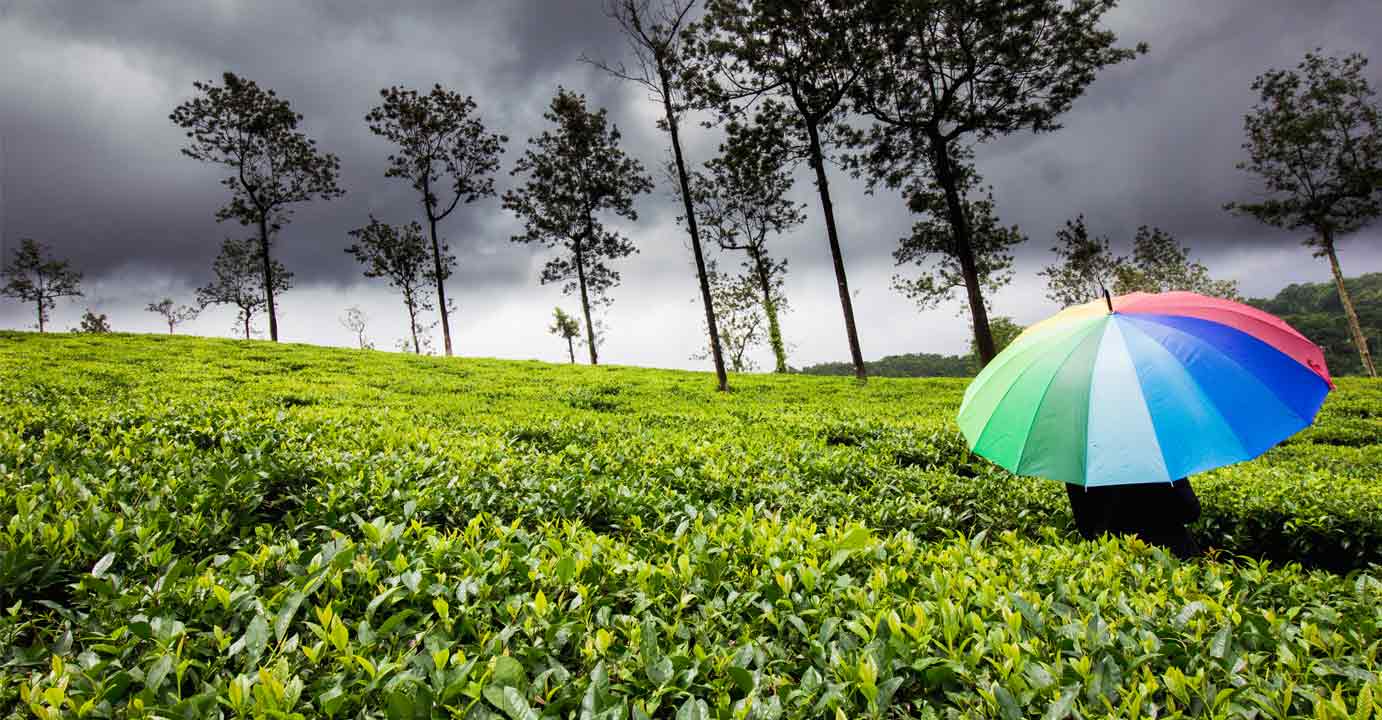
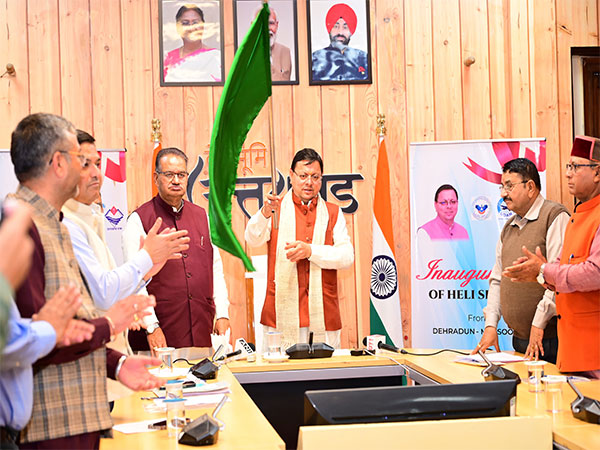
 By
By
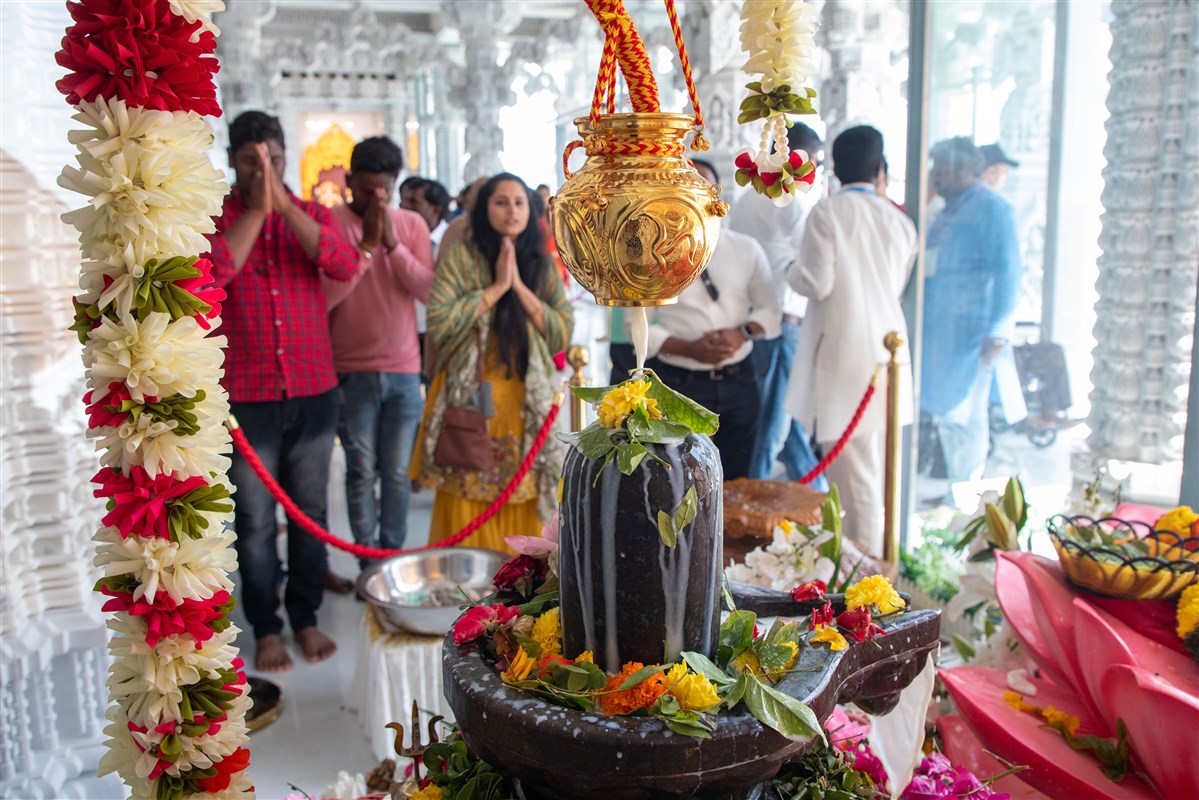
 By
By




